Adam Smith Awards 2014 winners
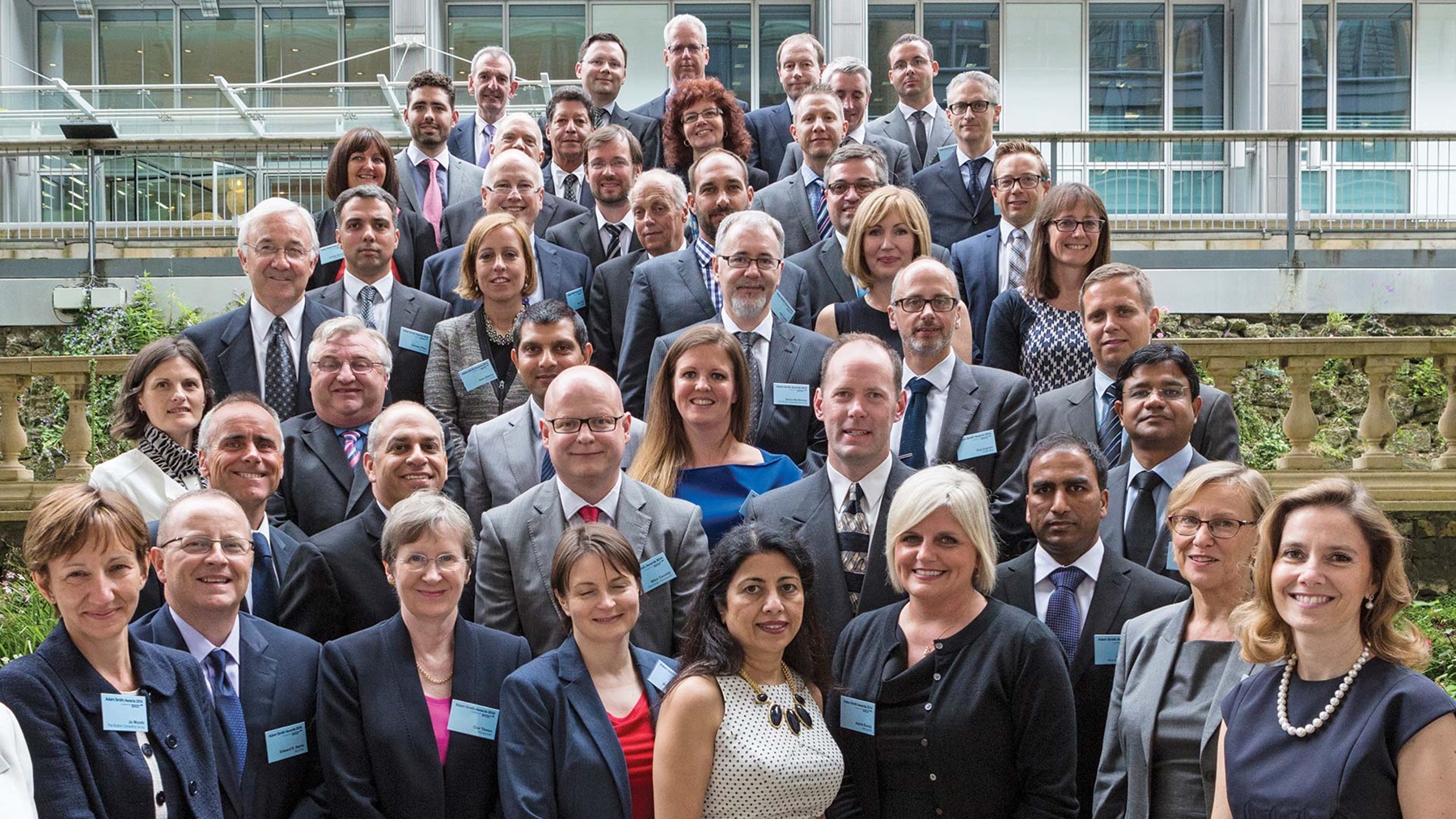

The calibre of entries for the 2014 Adam Smith Awards was extremely high, with 206 entries spanning 24 countries and with every continent represented. Scroll down to read about all the winners.
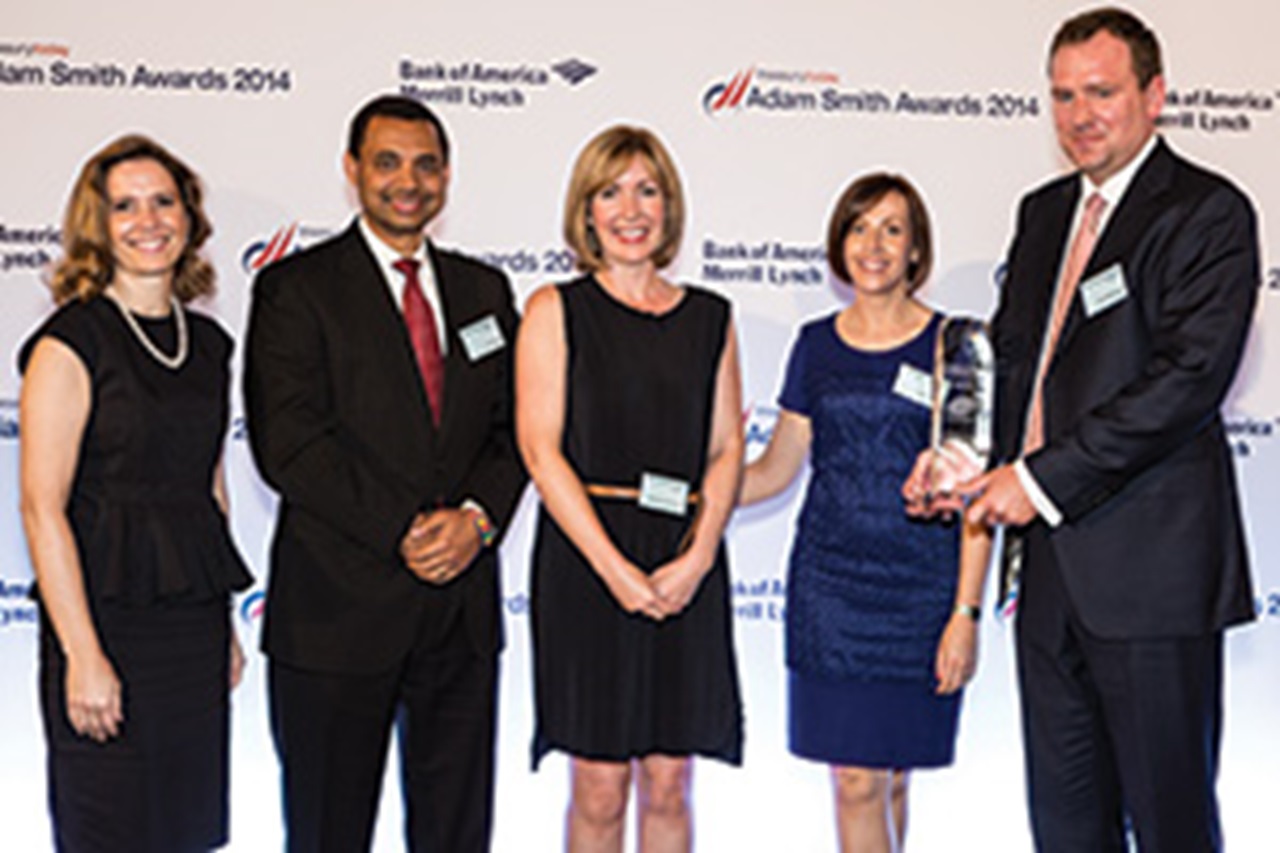

Treasury Today’s Top Treasury Team accolade for 2014 goes to Pfizer’s treasury teams based in New York and Dublin. Their submissions cover no less than seven key projects ranging from a supply chain financing programme in Asia to EMIR reporting and an in-house vehicle financing solution. In addition, our judges felt their submission in the Best Risk Management solution category was worthy of a Highly Commended Award in its own right.

Last year Anita Prasad’s Treasury Capital Management team was awarded Treasury Today’s Top Treasury Team accolade. This year Anita returns as our deserved “Woman of the Year”.
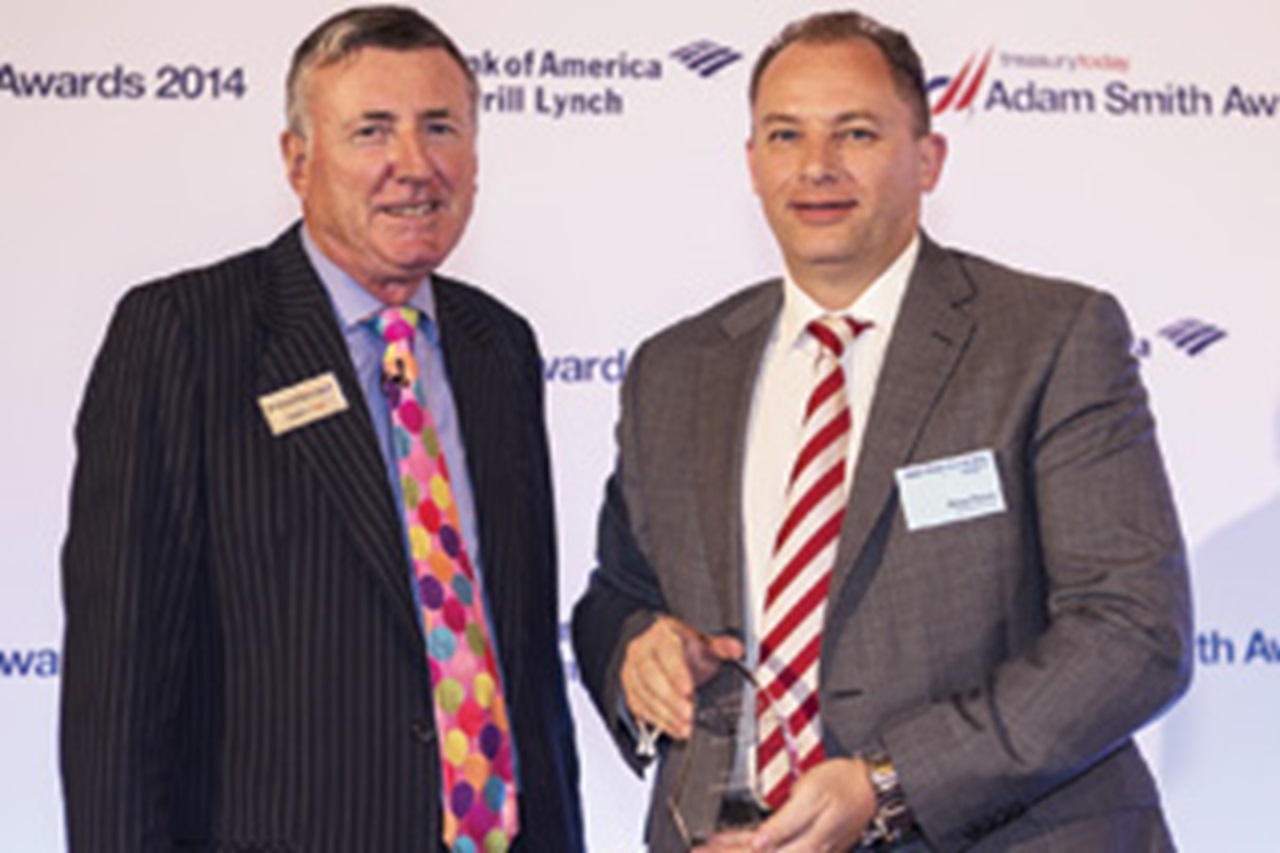

This sale and leaseback (SLB) transaction forms part of the larger investment of Etihad Airways in Jet Airways and the broader commercial partnership between Etihad Airways and Jet Airways. This entry was submitted under the Best Financing Solution category; however, our judges felt that because of the most innovative nature, in terms of securing take-off and landing slots at London Heathrow as the underlying security to the transaction, it was a most deserving winner of the Judges’ Choice this year.


“Could you operate a 47-year-old multinational company the size of Intel from one bank account outside of the US? And what would you have to do to get there?” That was the challenge Regan Nanbara, Director, Cash Management, set his team and his banking partners. But it was a tall order.
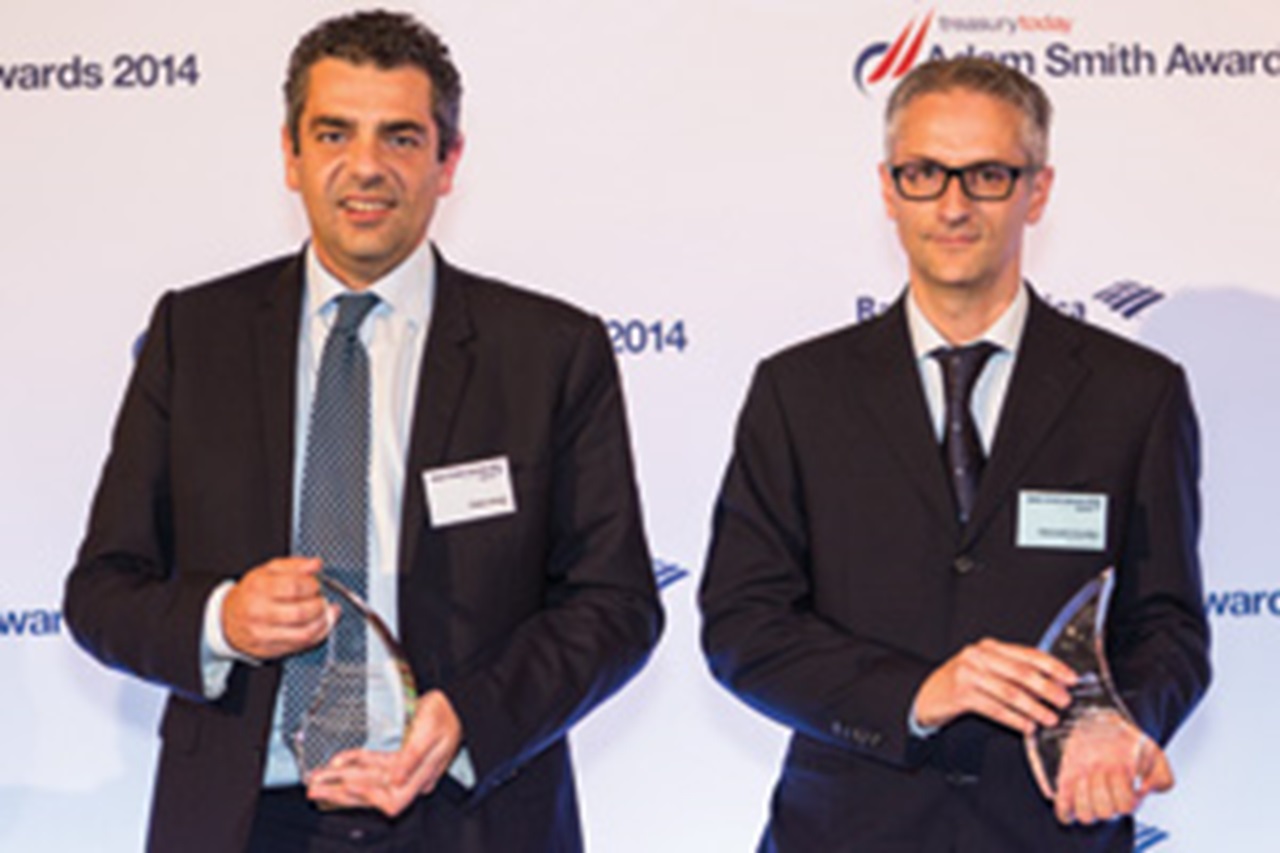

Over the past three years, Brembo has undertaken a series of initiatives to move from a decentralised treasury structure to a centralised structure that concentrates most of its cash and liquidity management with a single global bank. It has successfully implemented physical cash pooling structures in the US, a euro cash pool in London (covering Italy, Poland, the Czech Republic, Slovakia, Germany and Spain) and a domestic RMB cash pool in China that went live at the beginning of 2014.
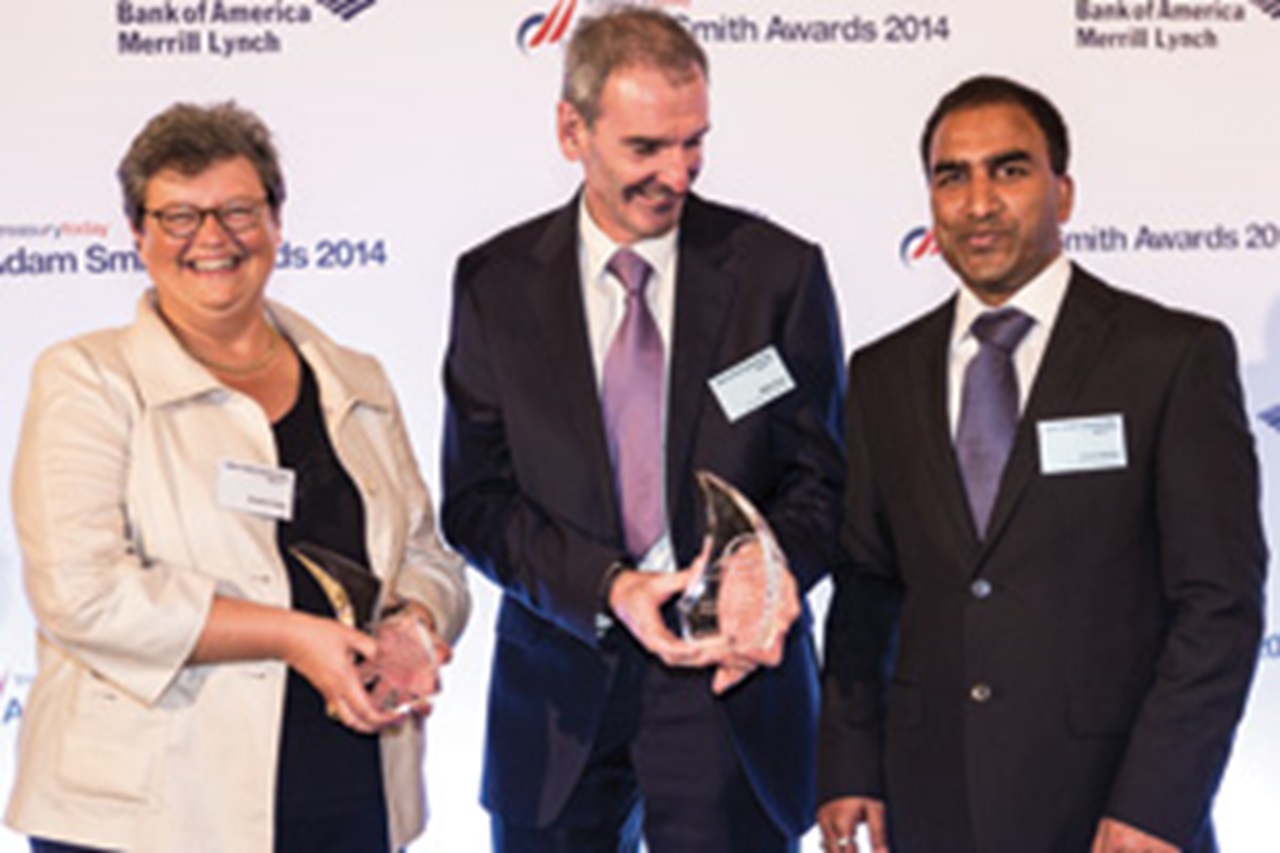
Mondelēz needed to bring transformational solutions to its Business Services Centre (EBSC). The primary goal was to release resources within the EBSC to focus on more value-adding tasks for the market organisations and to simplify its banking infrastructure. However, they faced duplications in process, complex bank set-ups using a wide variety of electronic banking (EB) platforms and associated payment formats and security controls. Their ‘One Bank’ project has delivered some impressive benefits.
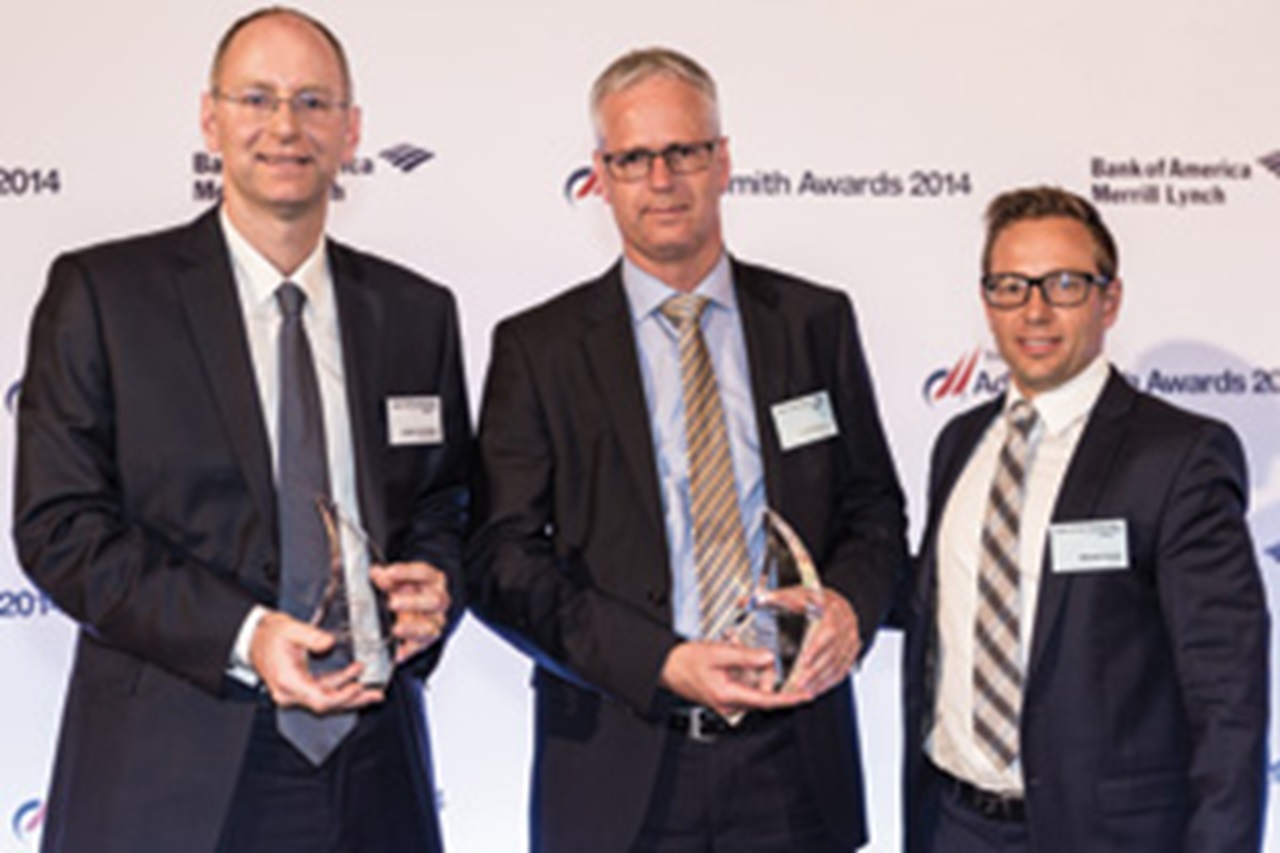
This company drastically changed its banking and funding set-up in Europe in two steps. Firstly, a cross-border zero-balance euro pooling structure was established to replace local pools and local working capital facilities in each country. It also selected a single cash management and funding bank for the Eurozone, where previously it had used 46 banks. The implementation of the overall project was achieved in 12 months and incorporated ten countries and 100 entities within its scope.


This programme, which will incorporate over 4,500 cards with over $400m in cardable spend per annum, is set to cover over 40 countries in Asia Pacific, EMEA, Canada, the United States and South America. The company selected the solution provided by its bank on the basis of the bank’s technology platform, global footprint and the ability to get information into the company’s Global Reporting and Account Management (GRAM) portal.

Microsoft achieved all its objectives, and set several industry records, by issuing a multi-currency and multi-tranche debt of $8 billion. The strategy generated over $175m of savings in interest expense purely from leveraging the euro-denominated issuance instead of issuing just in USD.
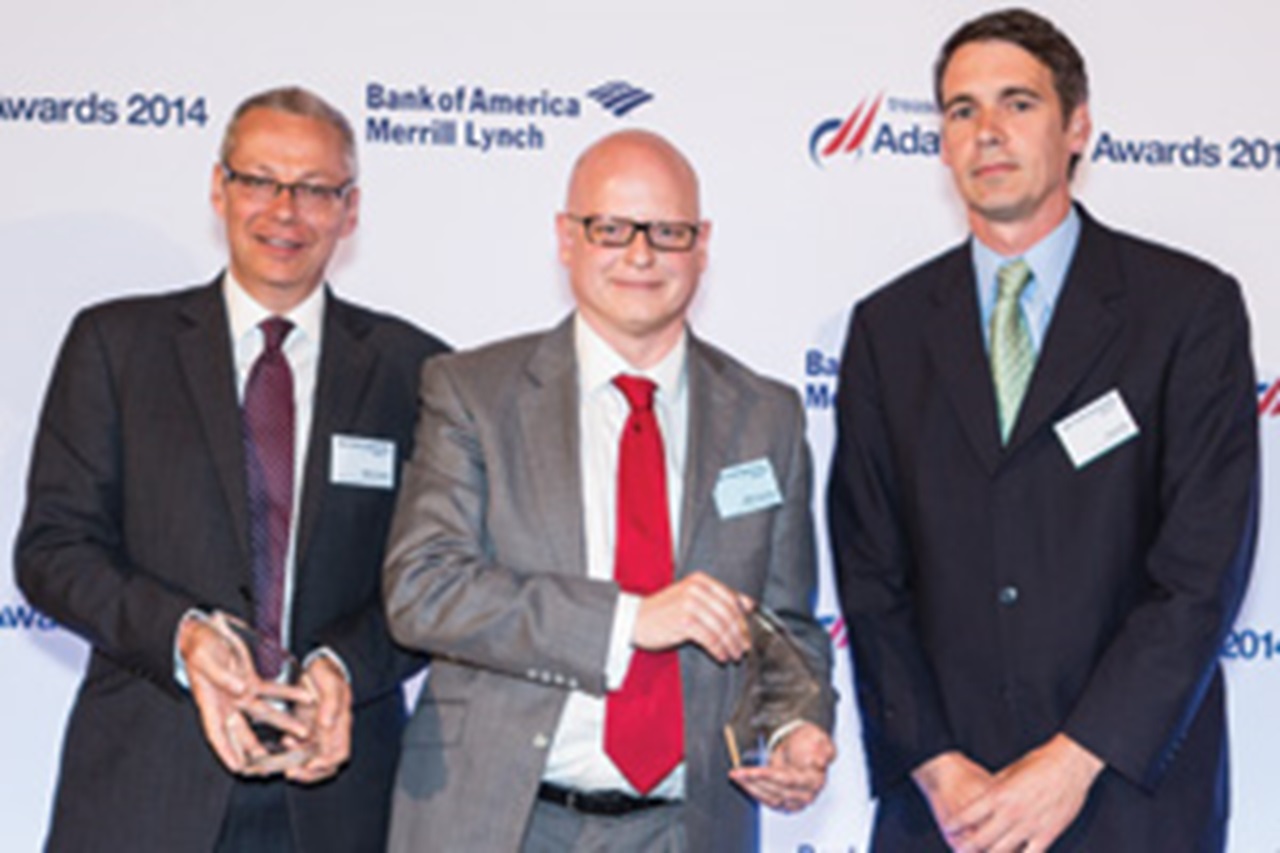

Wyndham has undertaken a treasury transformation programme which includes optimising the company’s liquidity management structure, putting in place a netting programme and improving FX risk management practices. The company has seen significant improvements in its FX Scorecard metrics.


This project demonstrates true innovation, achieved by attaining the best from people, processes and technology. To achieve its objective of improving funding options and maintaining regulatory best practice without taking on additional operational risk, TFS was seeking an ‘uncharted territory’ solution to reliably synchronise complex data across two contrasting environments.
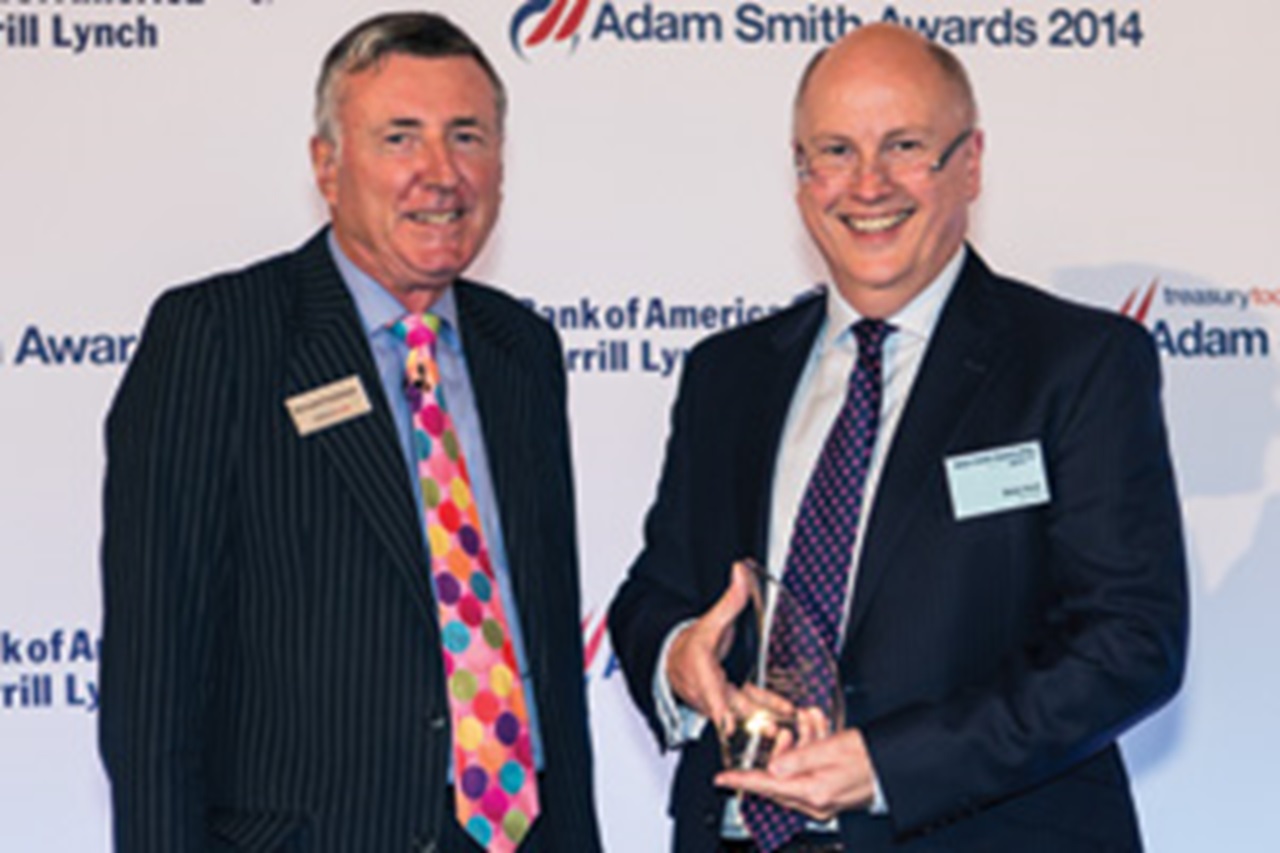

To support its overall optimisation goal, Brocade established a benchmarking project to identify best professional practices and organisational standards to maximise value for the company. Through its benchmarking project and subsequent technology restructure, Brocade achieved efficiency and productivity gains, reduced manual errors, reduced bank fees, mitigated counterparty risk and optimised the company’s bank and account structure. Benchmarking played a key role in developing their holistic solution.
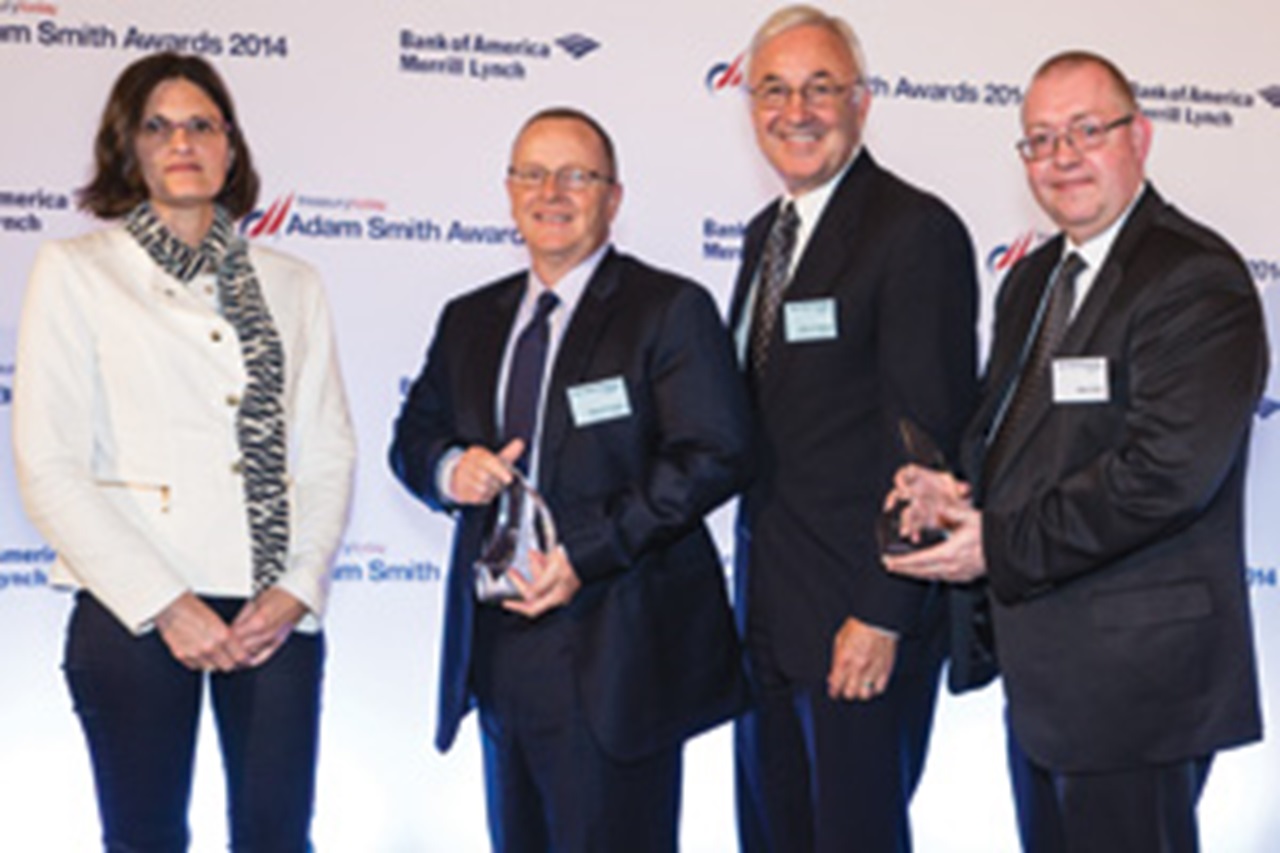

This is a truly global multi-faceted project that has focused on delivering an architecture that simplifies, standardises and centralises all treasury processes across 130 countries, whilst ensuring a best-in-class automated straight-through reconciliation model and enhanced liquidity optimisation.

The Microsoft treasury team utilises 1,300 bank accounts with 85 banks worldwide and makes over 12,000 treasury wire payments each year, totalling over $240 billion. Supporting such a high volume of wire payments through manual and paper wire requests was a cumbersome and inefficient process. Furthermore, it created delays during Sarbanes-Oxley audits when the team was asked to pull paper backup to ensure adequate support and authorisation for all of the transactions processed each year.
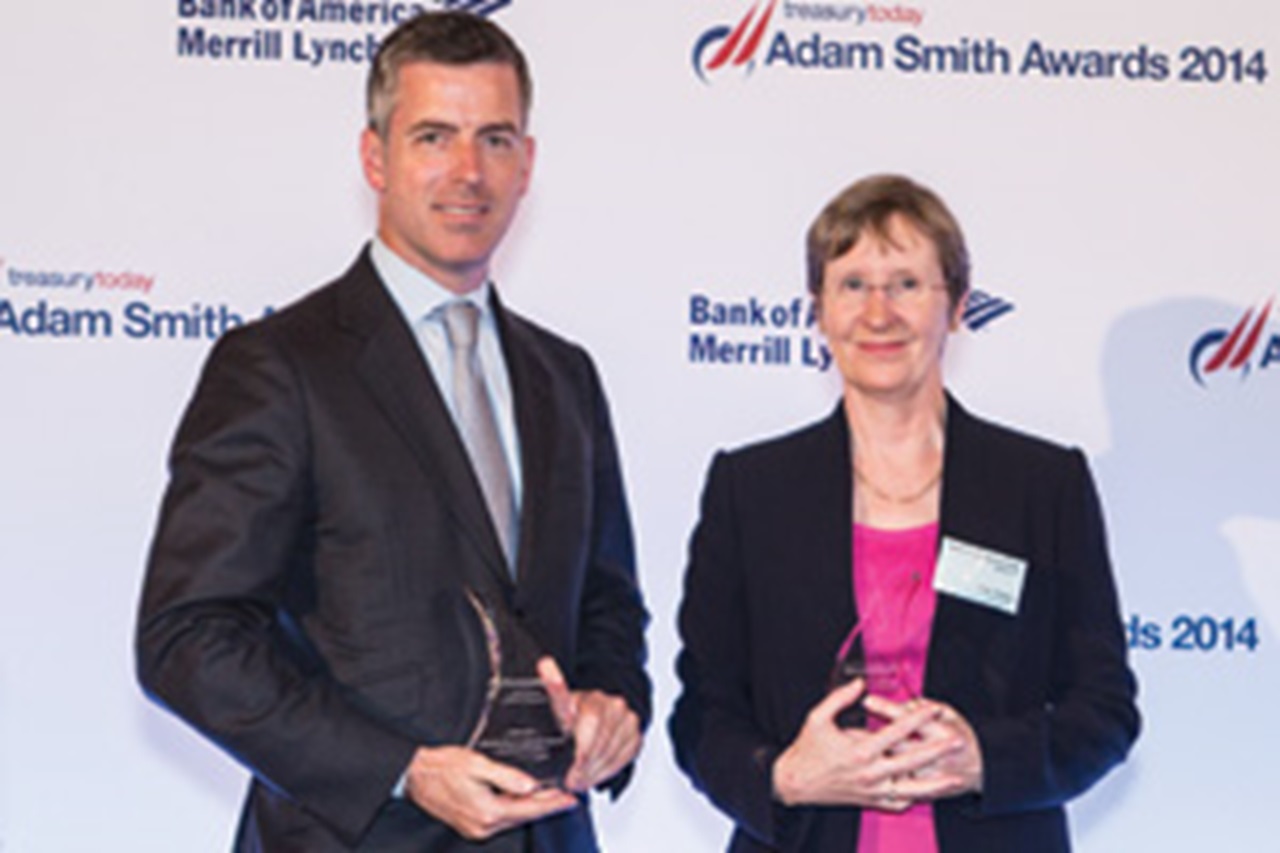
Implementing a solution in a country like Iraq, which is still relatively politically and economically unstable, has comparatively high transaction costs, and is one of the most complicated countries in the region for routing LCs, is quite an achievement. Hear how Honeywell did it.
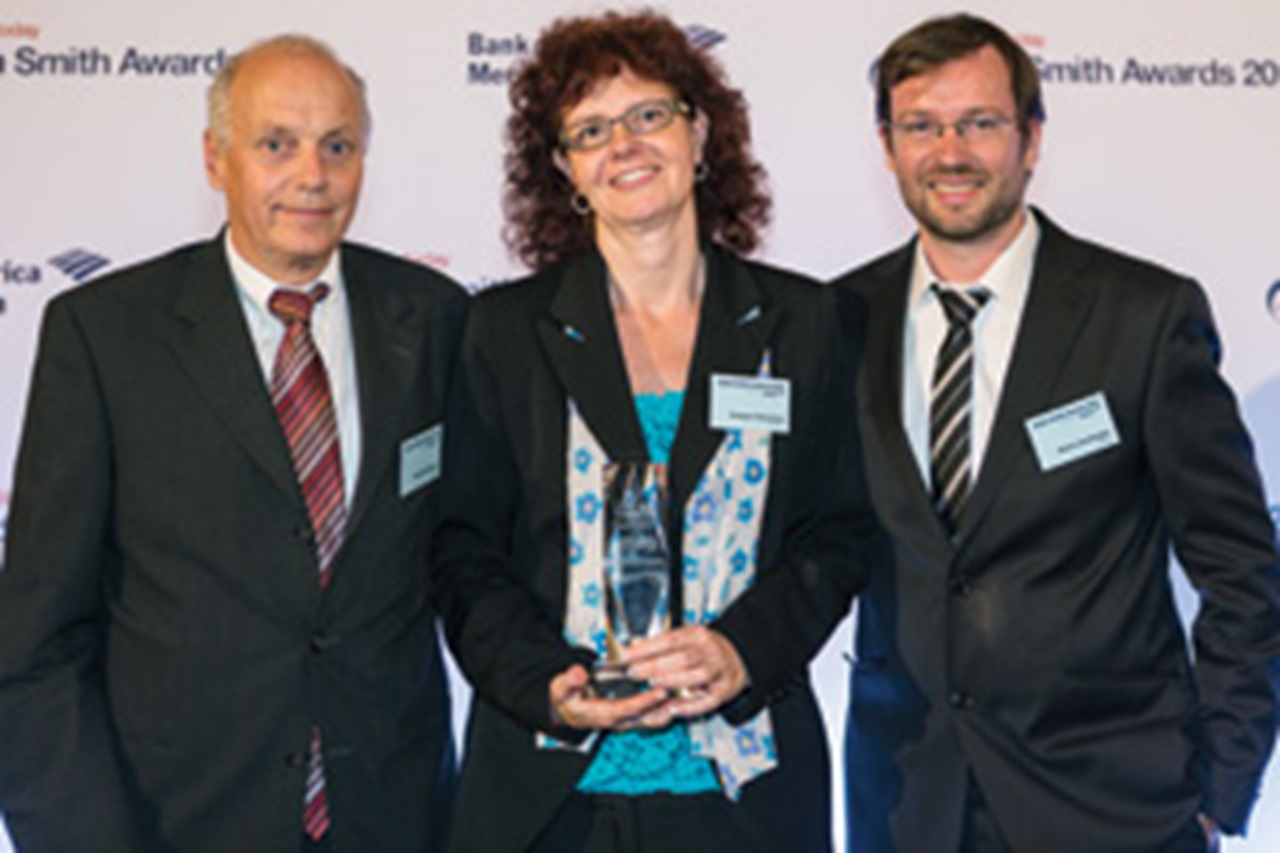

With operations in over 150 countries, Roche required a solution which provided cost benefits, efficiency standards and ensured the needs of all internal business partners and affiliates were managed. The initial goal was to increase transparency, standardisation and centralisation of financial processes, while also improving compliance needs and reducing costs. The judges thought this was a truly award-winning example of how to implement an in-house bank.
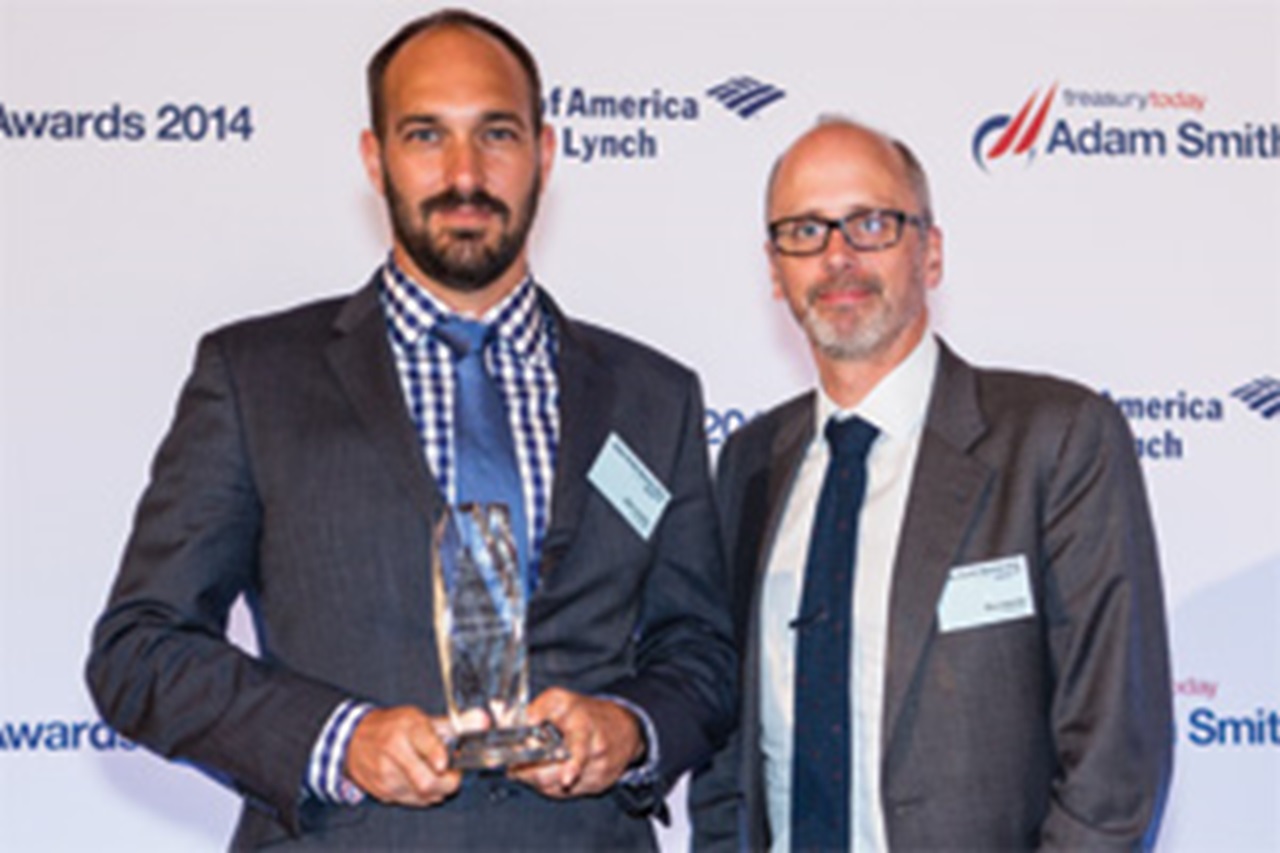

Our judging panel felt the continued march towards being the best treasury team, based on complete straight through processing and treasury technology allowing the team to adopt cutting-edge treasury best practice and becoming a much appreciated value-add partner to the business was worthy of a Highly Commended in the Top Treasury Team category this year.
Although this entry was submitted in the Best Risk Management category, our judges felt the project warranted a Highly Commended Award as a Judges’ Choice given the manner in which the team had gone about addressing Dodd-Frank.
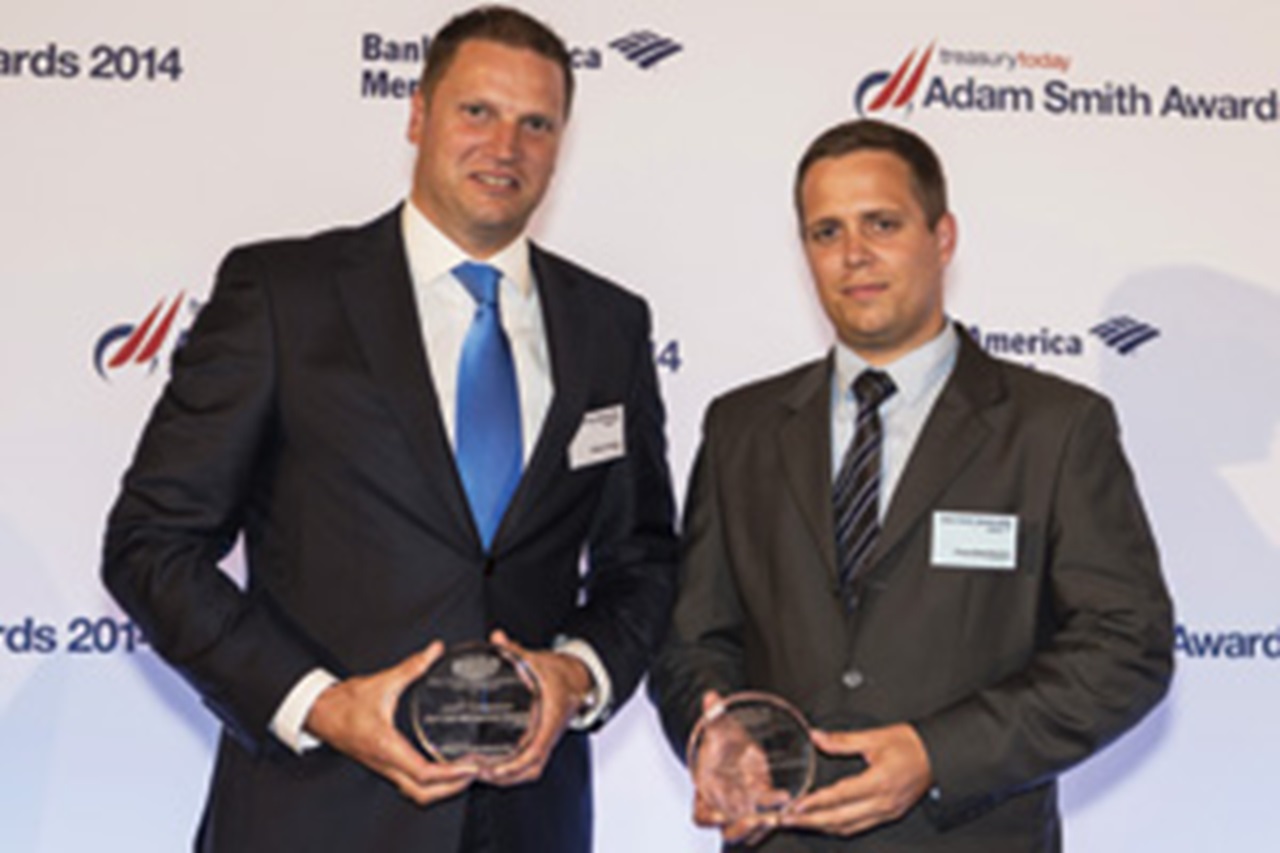

This project entails an organically grown and centralised solution which builds upon the company’s existing EUR cash pool and SEPAready infrastructure. The combination of the cash pools and the intercompany netting solution reduced intercompany transactions (through their banks) by 90%. Given that TYROLIT is a mid-sized company with a treasury department of only 1.5 full-time employees, the team has been very successful in rolling out this project in only nine months.
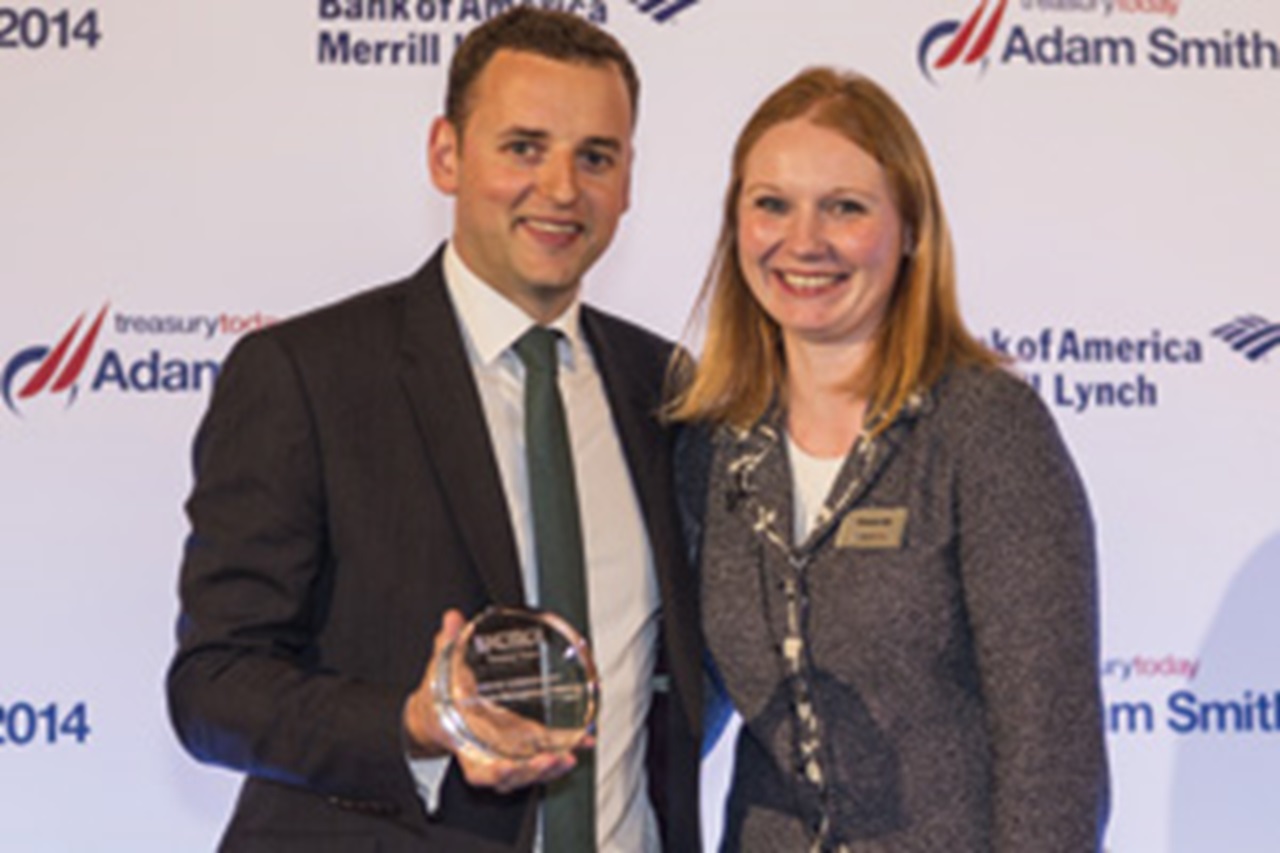

The existence of over 150 legal entities and more than 7,000 stores, including more than 4,000 in the US, created challenges for Luxottica in terms of managing cash flows and collections. The treasury team led the project to reduce the company’s number of counterparty banks and developed an international cash concentration system including three zero-balance account (ZBA) structures at a continental level: Europe, North America and Australia, as well as one at the local level for RMB in China.


Many treasury departments claim they can view their global cash balances and they utilise one system to manage their treasury activities, but many fall short of delivering on this statement. That is what separates Dow Corning’s cash management solution from the others. The group now operates on one system that has been deployed at both its corporate headquarters and its regional treasury offices. This provides visibility to 98%+ of its cash and 100% of its debt with the comfort of knowing where its cash is located, enabling the company to better manage its liquidity.

The optimal liquidity management and short-term investing vehicle was to implement a euro tri-party repo with Euroclear Bank as agent, with three (bank) trading counterparties. This solution greatly enhanced the Microsoft Capital Markets trading team’s ability to manage the large euro closing costs (relating to their major acquisition of Nokia’s Devices and Services unit) of over €6.5 billion. This solution highlights the best practices of having the services of a tri-party agent perform and manage the daily repo trade life cycle tasks.
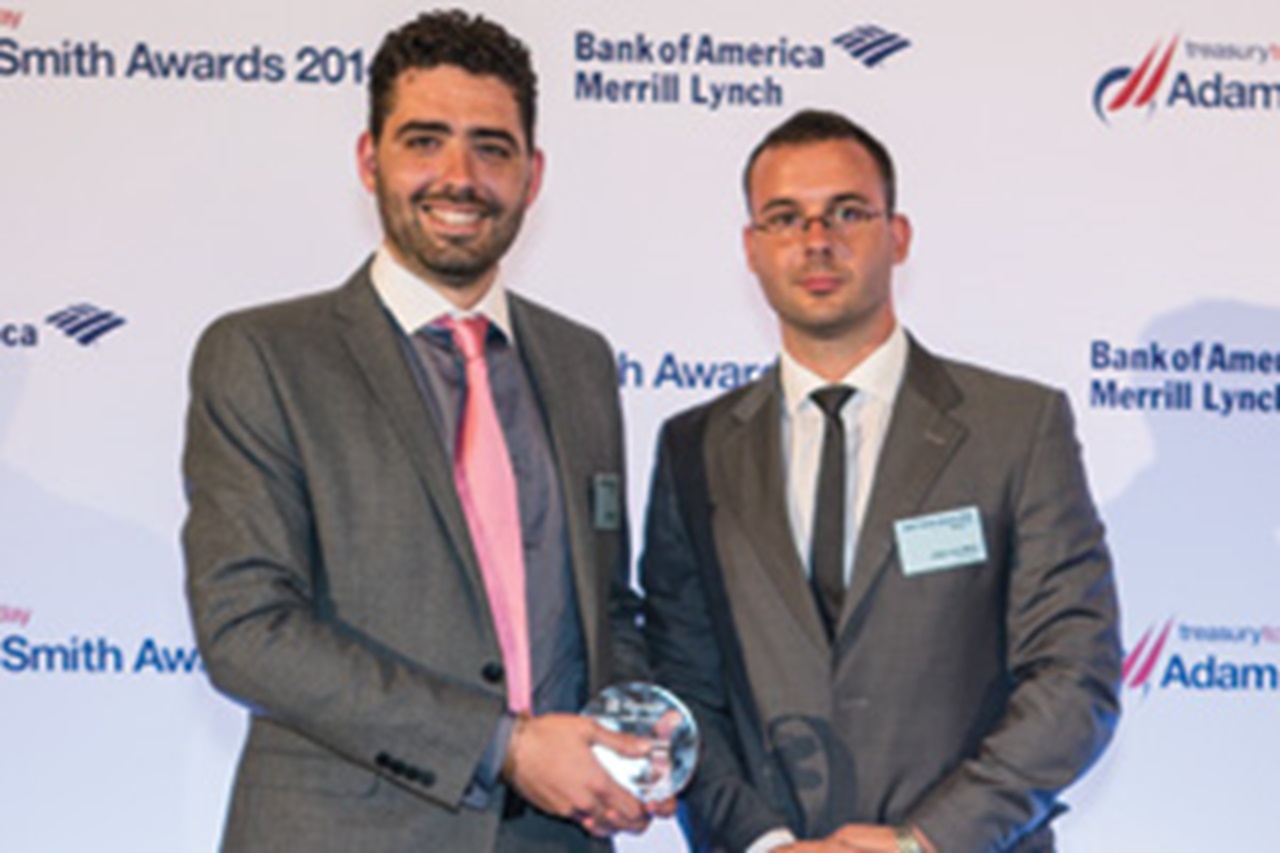
The Worldwide Online Credit Services (WOCS) team at Microsoft had a problem. With a growing volume of transactions in a business where operating costs are highly correlated with business growth, how could it contain costs while servicing the explosive growth? The problem was further compounded through having to manage a large, geographically dispersed team, which handles dozens of detailed processes and procedures. The solution to the problem was Project Andromeda – a complete re-design of WOCS’s Cloud credit and collections operations.
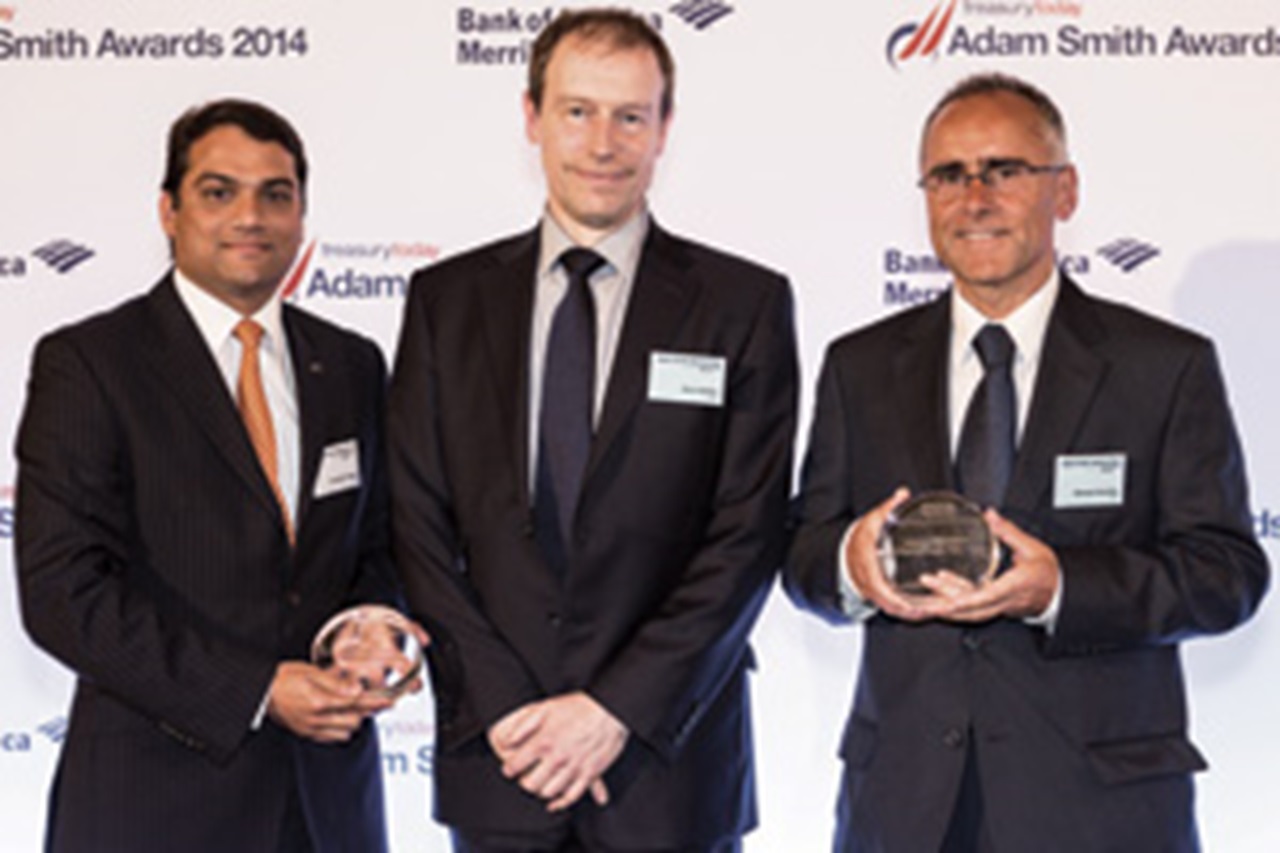

Historically, pharmacies typically received advance payment from the NHS Business Services Authority after 30 days, with the balance being paid on the following month. Under the new scheme, however, pharmacies may be eligible to receive early payment on monthly sums due to them from the NHSBSA as quickly as eight calendar days. This helps them with their cash balances and reduces their borrowing costs.
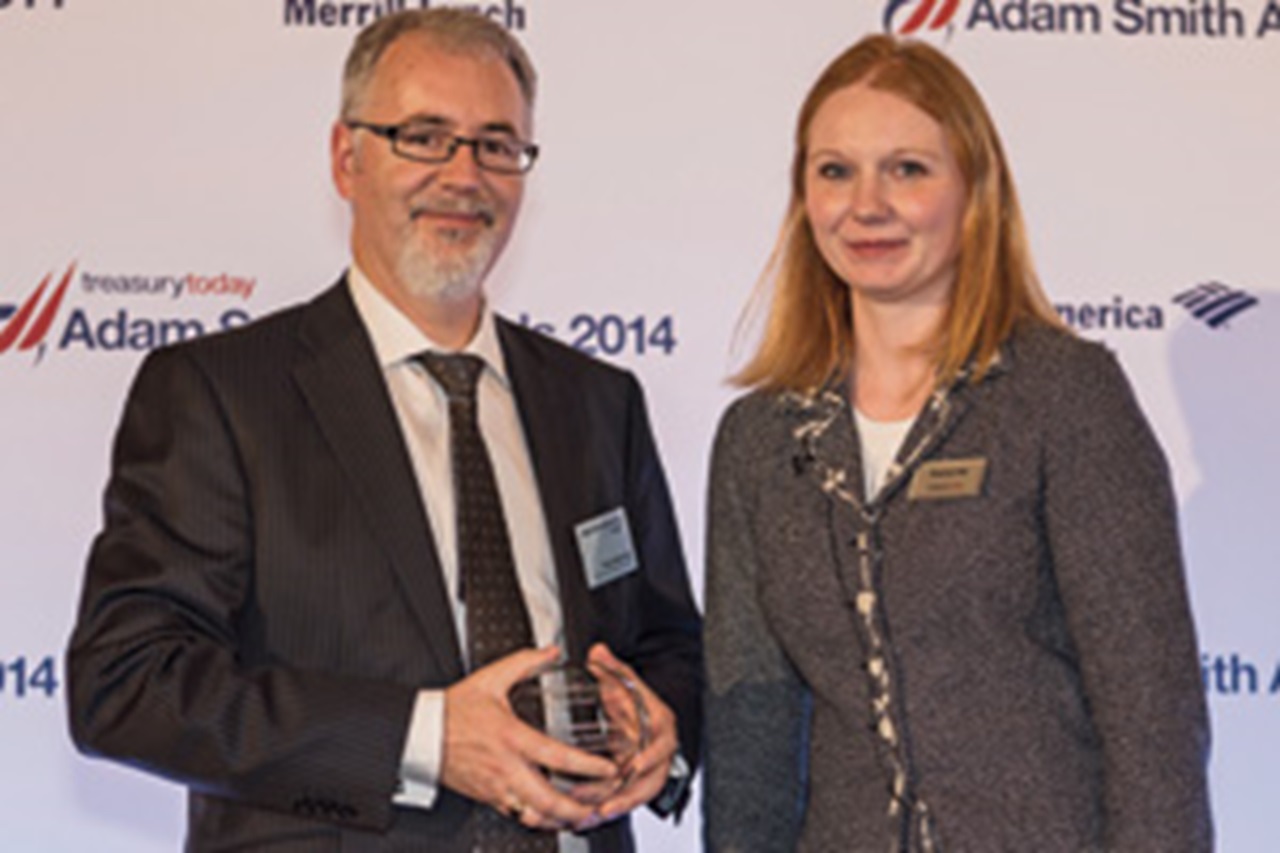

Not all groups are as decentralised and globally diverse as Omnicom. The company has demonstrated with this project that despite these constraints, it is still possible, with rigorous planning and execution, to manage and direct multiple autonomous entities, implement a centralised solution and avoid the redundancies and non-standard solutions that can result when many entities separately address the same problem.
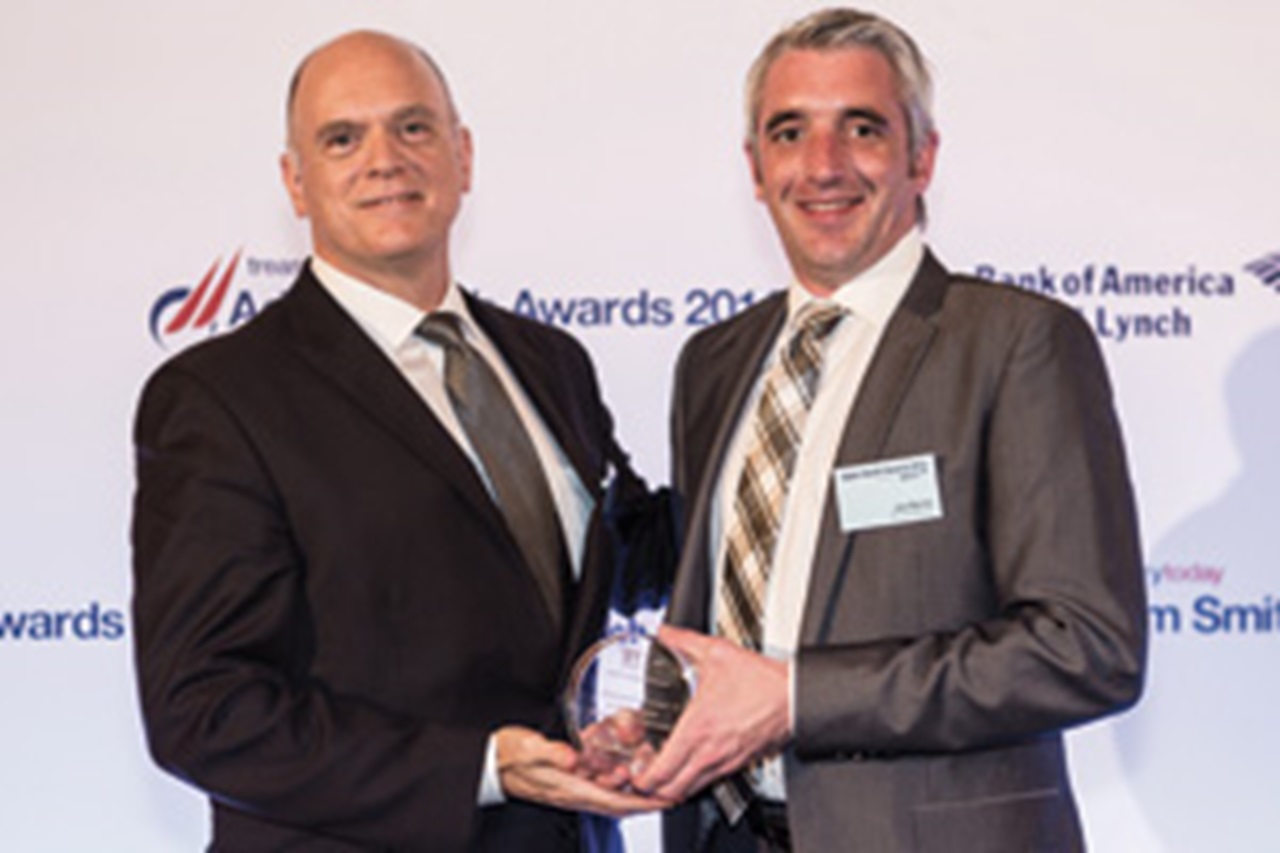

TE Connectivity created an RFP scorecard which identified the key elements sought by the treasury. It employed a cross-functional team involving HR, finance, IT and treasury to evaluate the responses using ratings, weightings and calculated rankings submitted by each team member.


To enhance the experience of its customers in the travel industry worldwide, Destinations of the World wanted to improve the functionality of its online booking system. Specifically, the company wanted a secure tool that would enable it to book hotel stays quickly, efficiently and with control and proper reconcilement. To achieve this it needed a tool that was intuitive and did not add complexity to existing work practices.
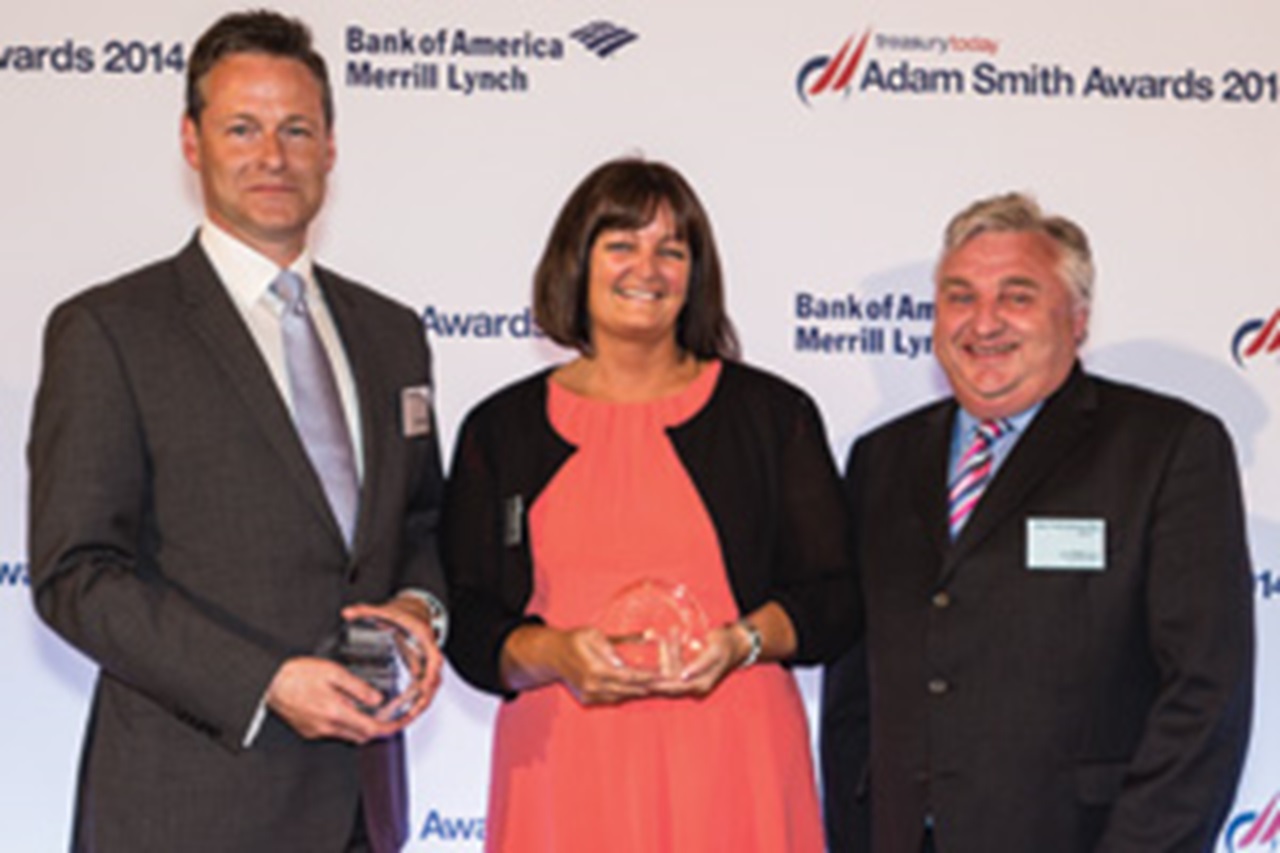

The introduction of an embedded virtual card number solution across key suppliers enables the Yorkshire Water service centre to reduce costs, improve process efficiencies, remove systems, reduce purchase order and invoice creation whilst still receiving accurate data and transactional information to meet compliance, governance and tax requirements.
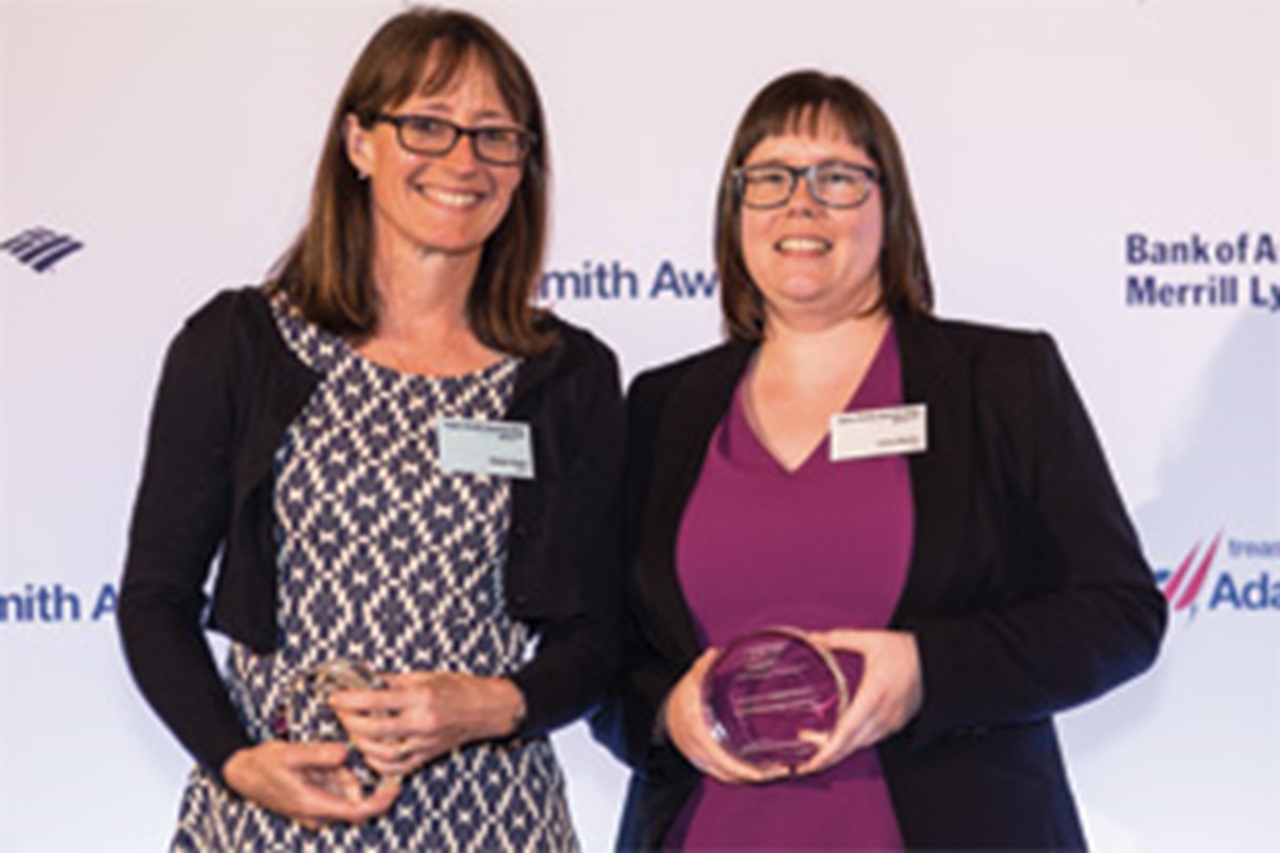

SAP wanted to refinance its existing revolving credit facility (RCF) in order to reduce both margins (the potential interest expense) and bank charges (the yearly commitment fee), optimise the documentation, and create a leaner bank relationship management process.
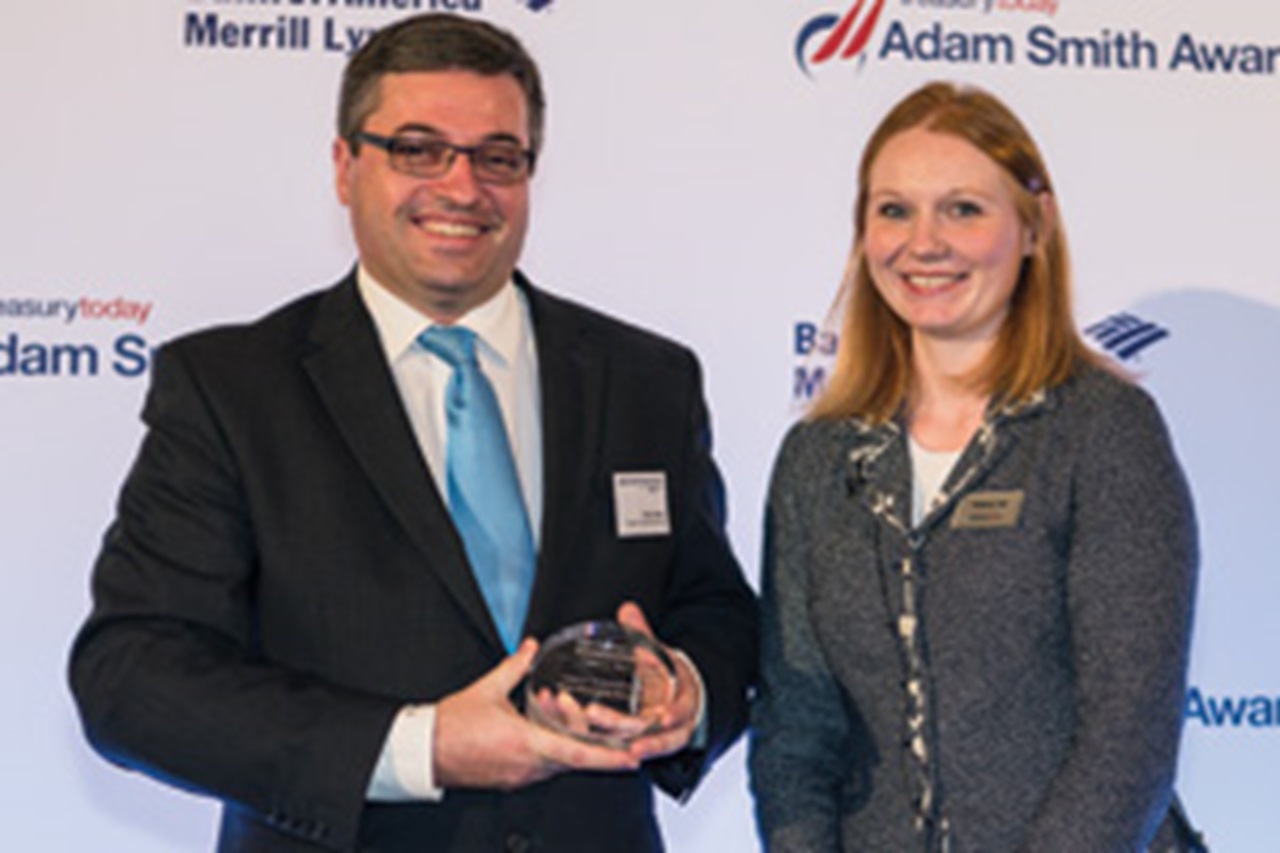

The TFS Green Bond was the first of its kind in the automotive industry and served to enhance Toyota’s reputation for leadership of green innovation. Because no other automotive finance company had previously issued a green bond, TFS needed to independently develop a transaction structure and environmental standards for the eligible vehicles to ensure that the deal would appeal both to traditional buyers of Toyota asset-backed securities and ‘green-motivated’ investors.
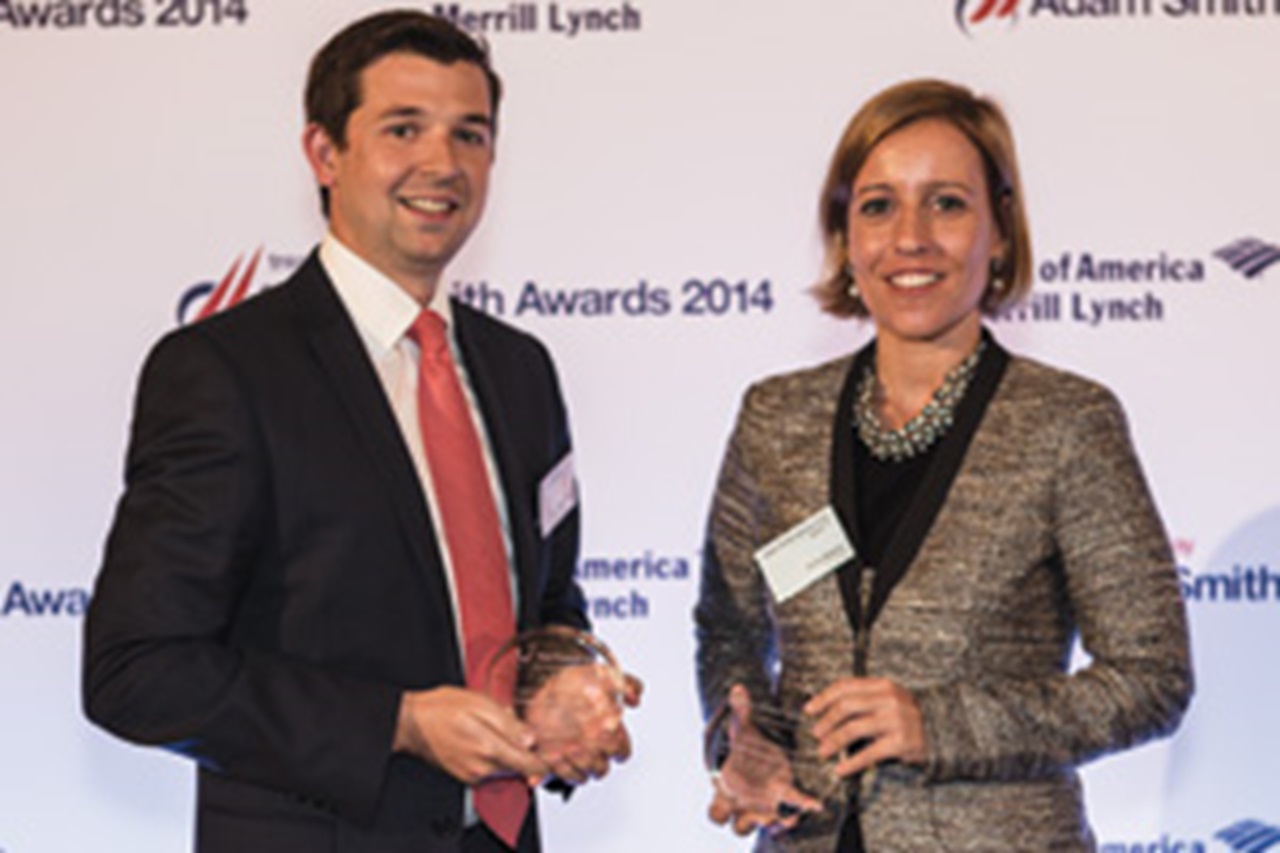

Hotelbeds is exposed to FX risk between the time of the initial reservation, and when the payment is due, which can be a period of many months, a year, or sometimes even longer. They worked with their bank to design and implement an FX risk management solution which would maintain the margin over the lifecycle of a booking, from reservation to payment; eliminate FX exposures, reducing the month-on-month P&L volatility; not interfere with the existing payment collection process; and be fully automated, with STP to existing systems.
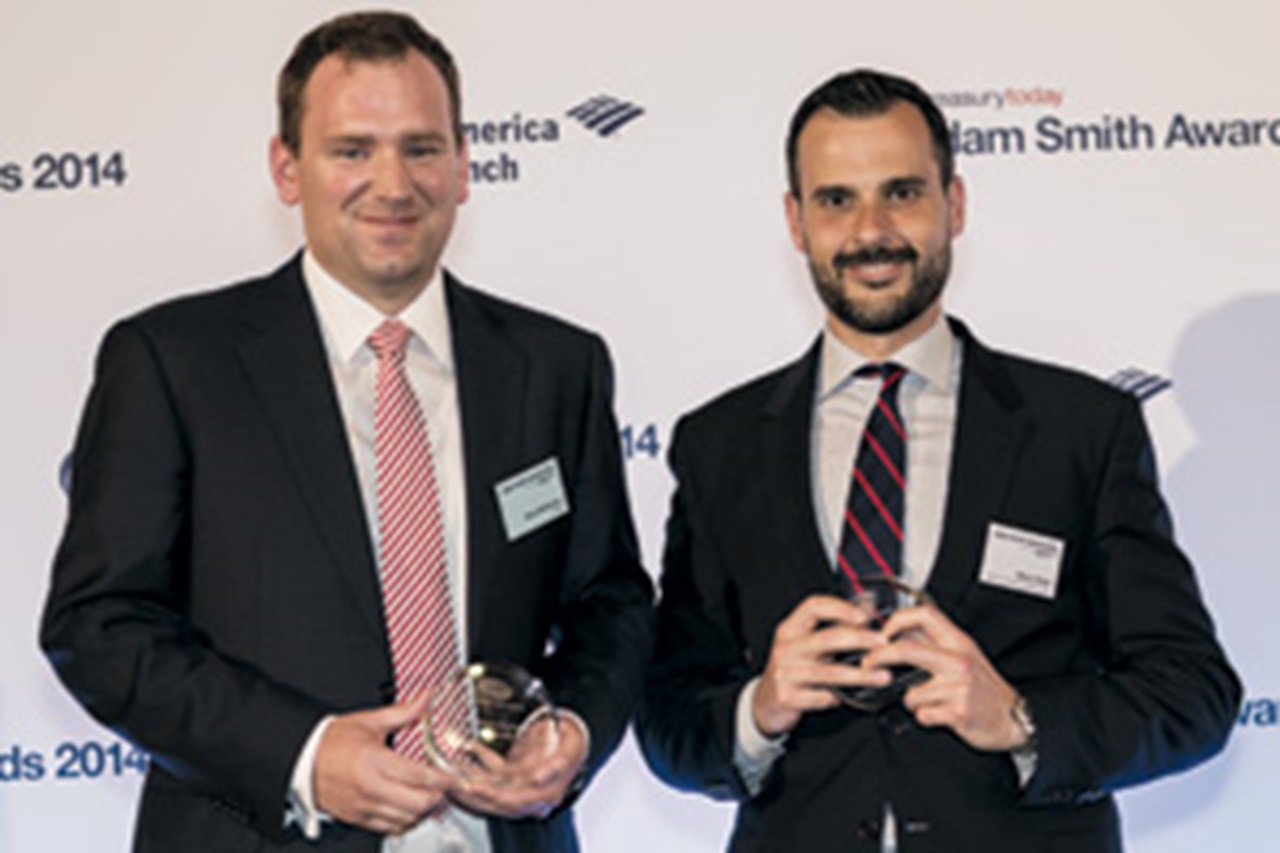

Pfizer has a cash portfolio of approximately $46 billion containing long and short-term debt securities. With a small team, maintaining surveillance of credit risk in a portfolio of this scale requires innovative techniques and technology.

Since implementing its Trading Metrics Dashboard earlier this year Microsoft has completely done away with slide decks in its quarterly meetings with the treasurer. Outside of this tool it also benchmarks its different systems with other corporates. During the recent regulatory upheaval with EMIR and Dodd-Frank it heavily benchmarked with similar corporates to ensure best practice was being implemented everywhere possible.
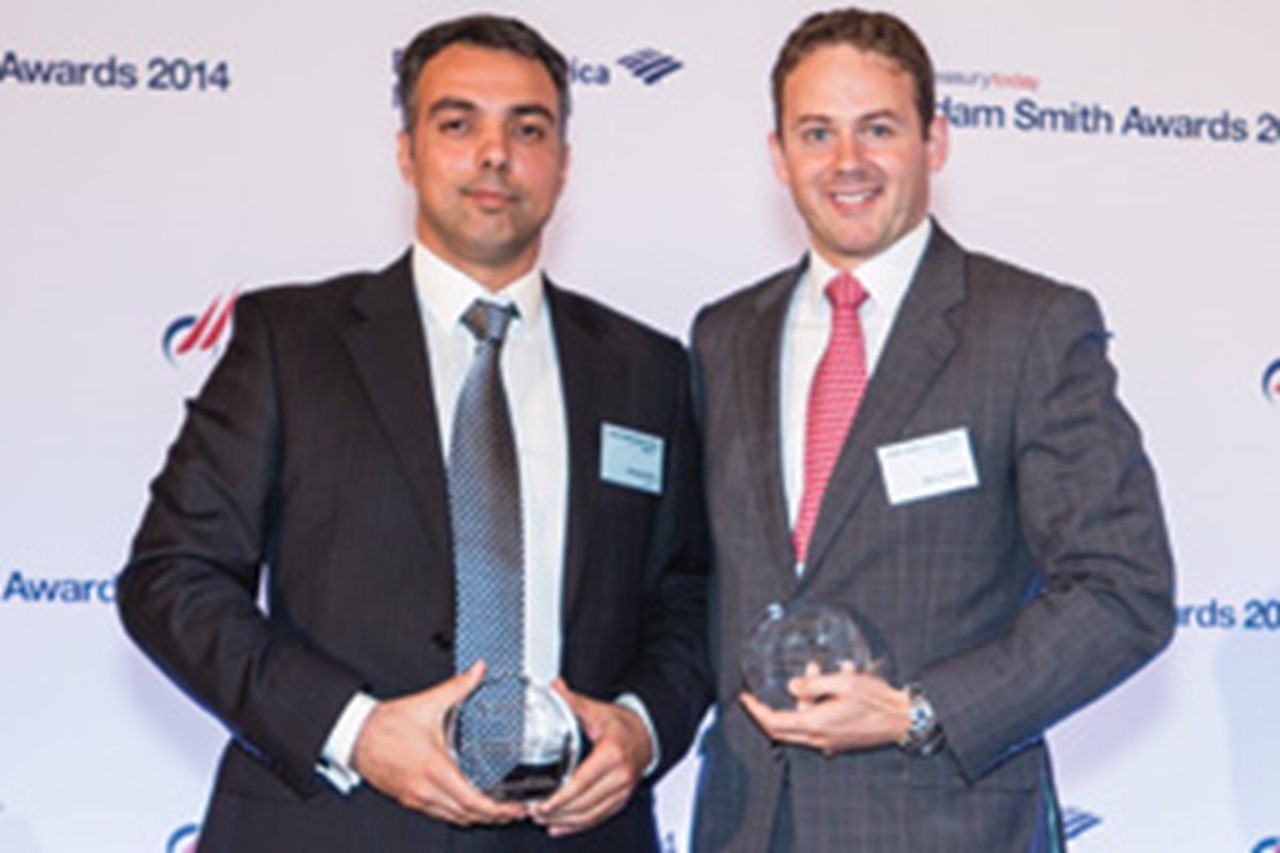

Benchmarking, including its bank’s Treasury Diagnostics module, a comprehensive analysis that evaluates treasury practices, has been an important tool in enabling Ericsson to achieve its objectives and realise the benefits of its treasury transformation programme. Following a series of benchmarking exercises, a number of key performance indicators (KPIs) were established.
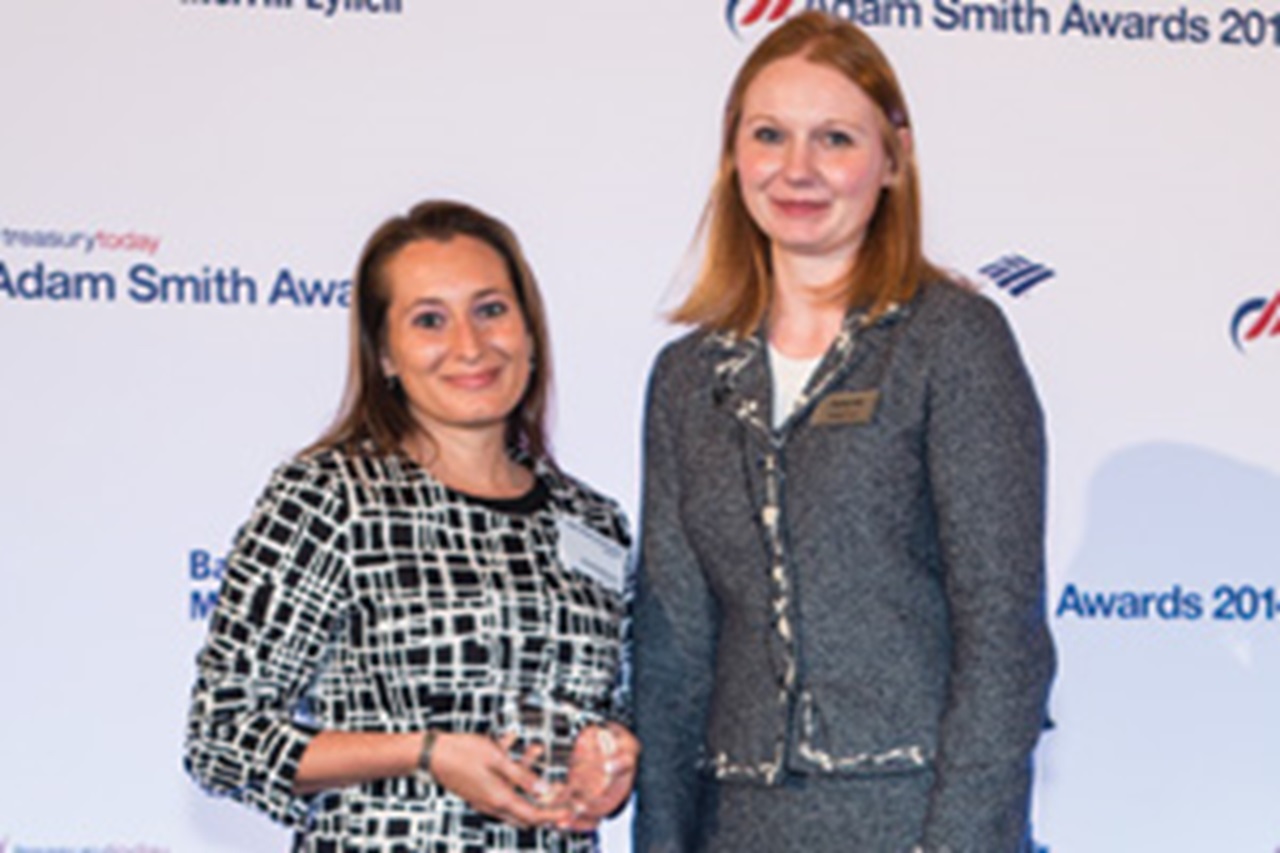
The enormous challenges of this initiative – re-engineering the company’s European treasury function to include an innovative POBO account structure, centralising payables to a SSC and upgrading the treasury workstation – were achieved in record time. A six-month end-to-end project to incorporate SEPA go-live for all euro entities by 1st February 2014, with a fully integrated solution has transformed the region into a fully centralised structure incorporating both the EMEA headquarters and SSC.


Eli Lilly implemented a comprehensive and scalable strategy across 43 countries in EMEA, within a three-year timeframe. The company’s effort serves as an excellent success story and best practice for those interested in centralising and optimising general accounting, payment and collection activities in the fragmented and diverse European market.


Severn Trent Water is using the Pingit smartphone app allowing it to make and receive payments from its customers. The corporate functionality provides customers with an easy and convenient way to pay their bills, as an alternative to paying by cash, cheque or bank transfer simply by using their mobile phone.
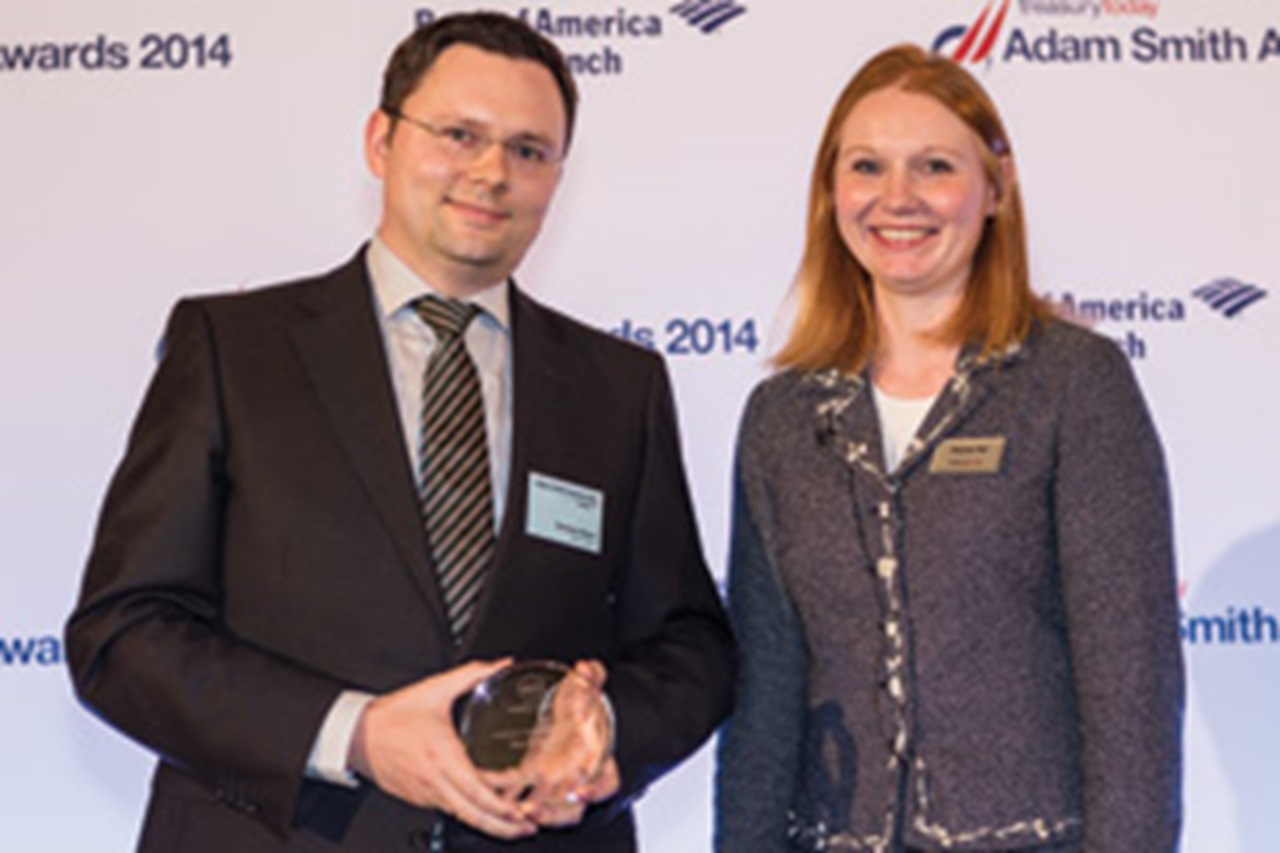

This successful approach shows how to strategically develop a treasury IT infrastructure without handling a dozen or more software systems or partners. It combines continuous innovation and process optimisation and automation while keeping IT complexity low.
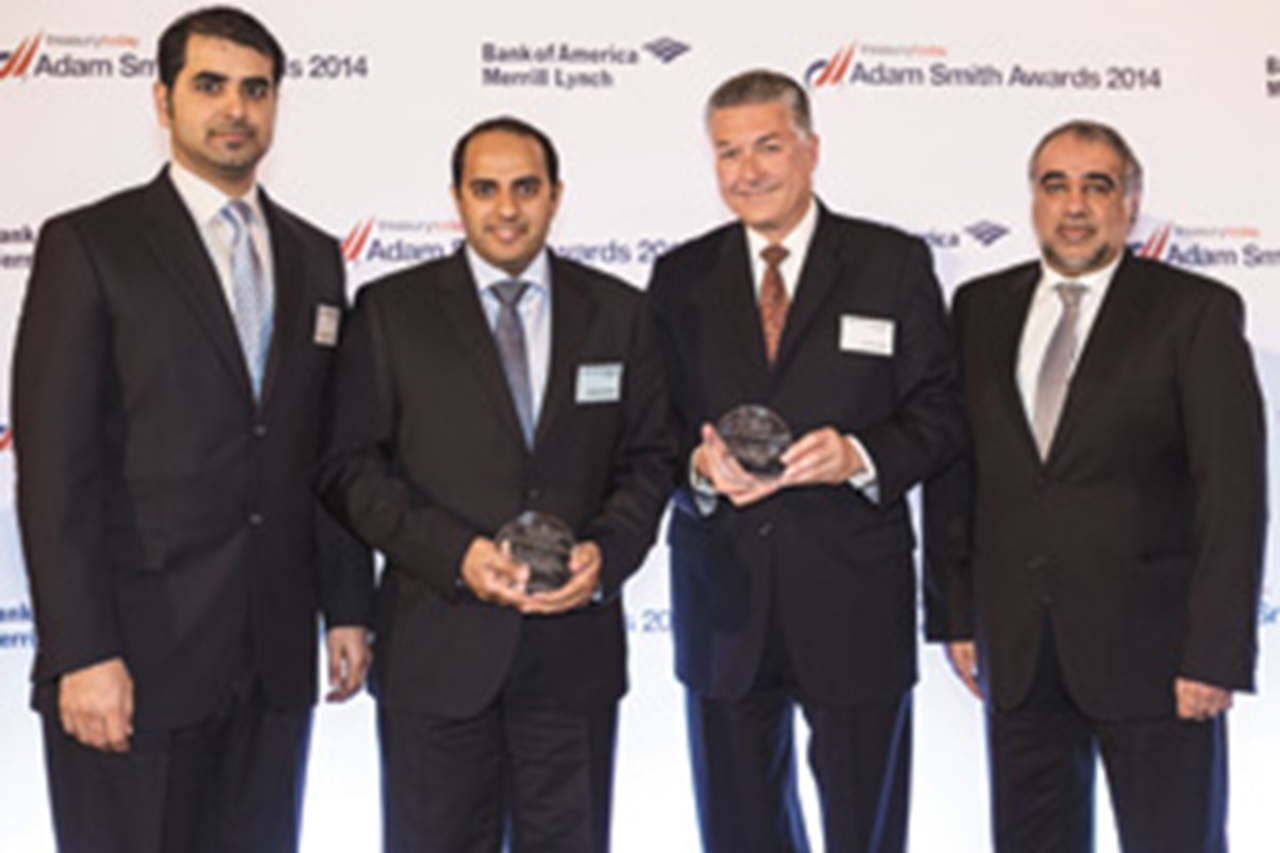

The collaboration between this company and its bank in Abu Dhabi has resulted in one of the first custom-designed, automated payment processes in the region, leveraging industry best practices and applying them to address specific local financial requirements.
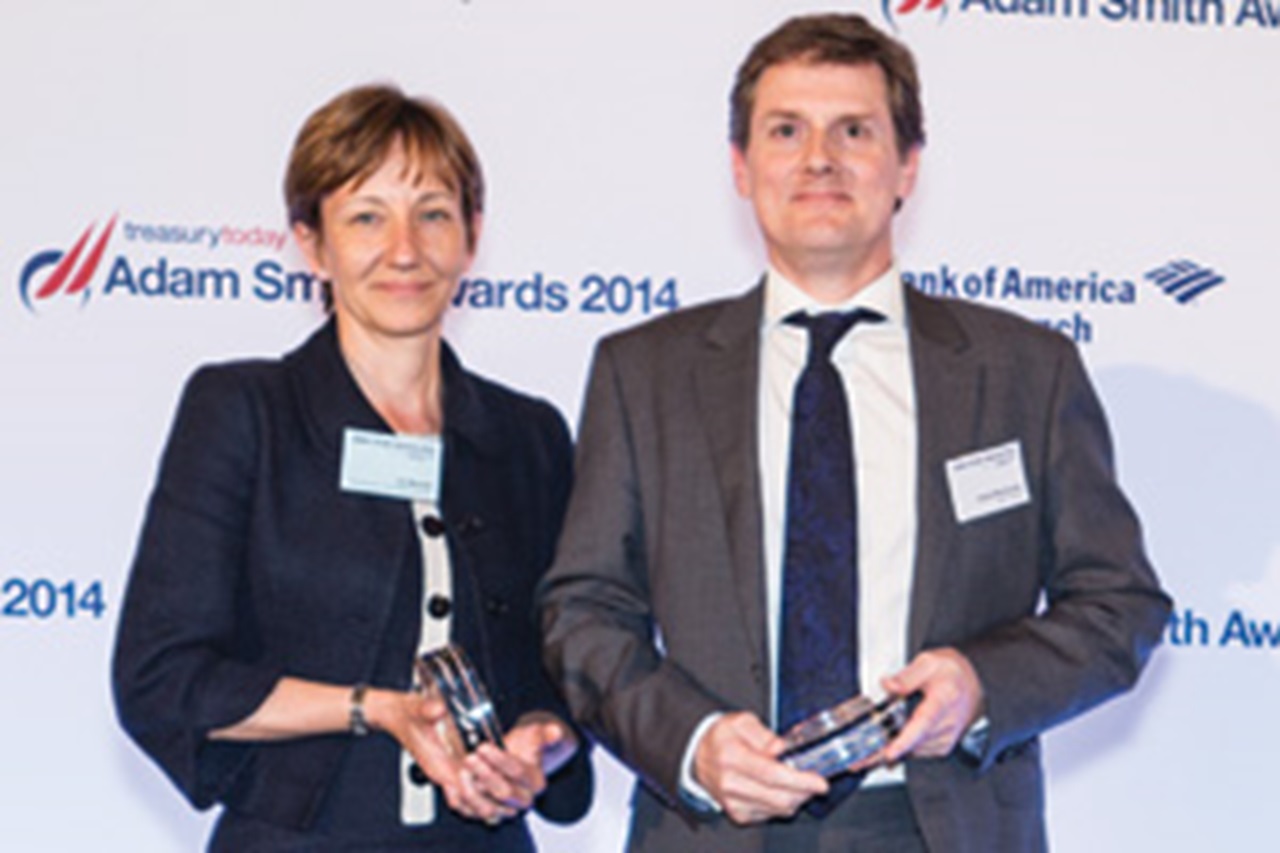

The solution offered to The Boston Consulting Group in the Middle East has addressed the challenge to integrate daily management of all transactions and accounts, bringing innovation to all three levels of liquidity management.